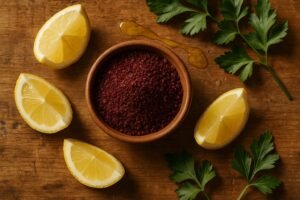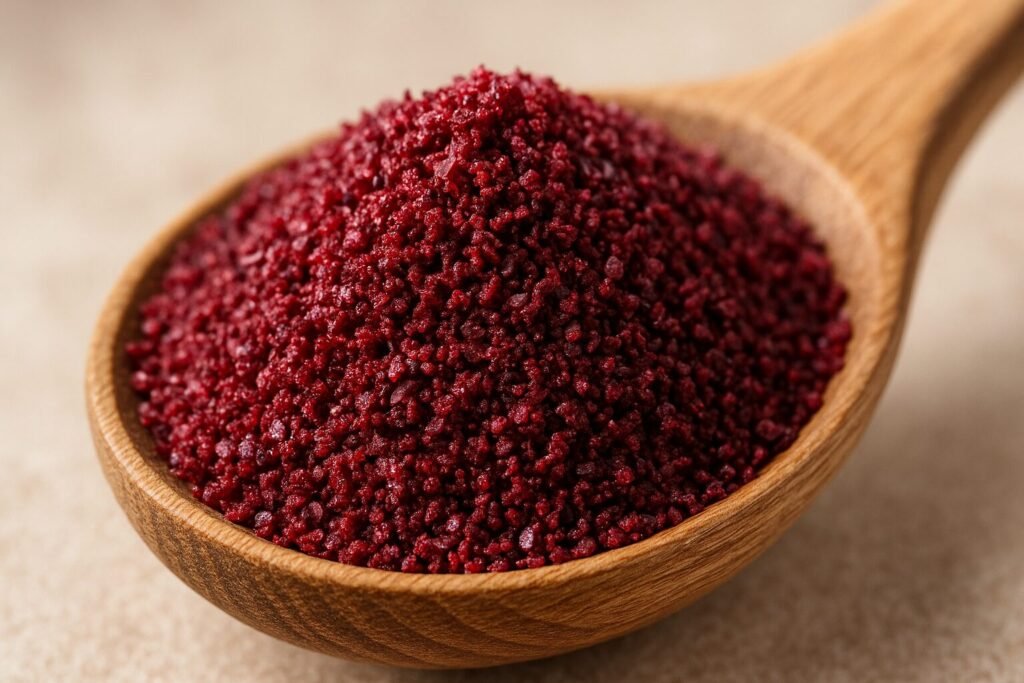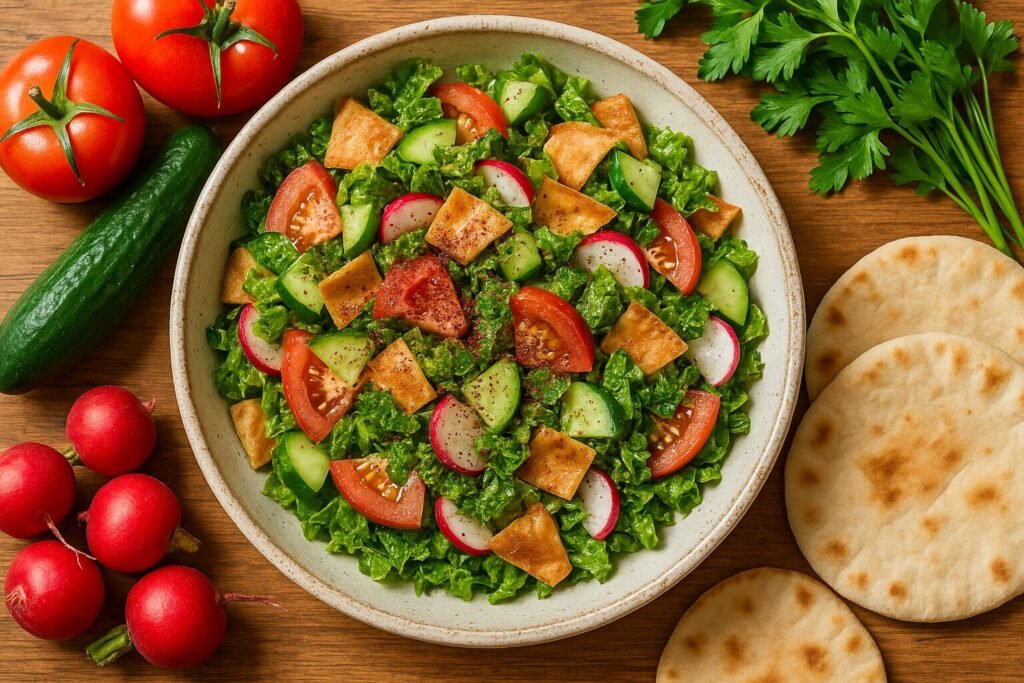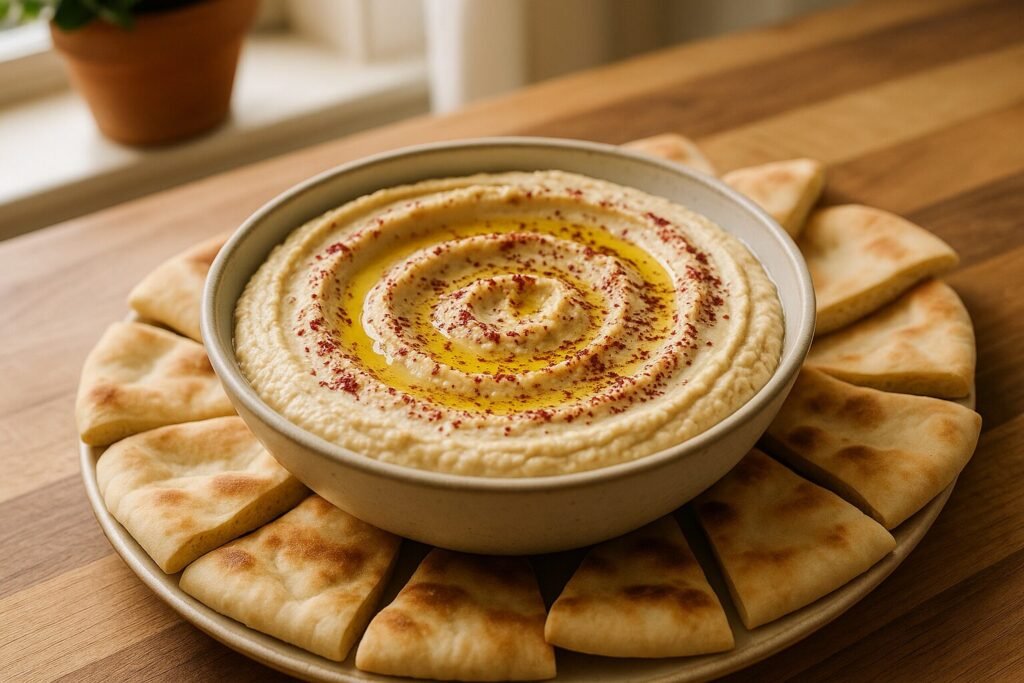
If you’ve ever had a tangy kick in a Middle Eastern salad or a mysterious red dust sprinkled over hummus, chances are you’ve met sumac. But what exactly is this crimson spice, and why has it been a staple for thousands of years?
The Basics: What Is Sumac Spice?
Sumac is a deep red spice made from the dried and ground berries of the Rhus coriaria plant. Native to the Mediterranean and Middle East, it has been used since ancient times as both a seasoning and a natural preservative.
Unlike many bold spices that overwhelm, sumac’s secret is balance — it delivers tang without heat, making it one of the most versatile spices in the pantry.
What Does Sumac Taste Like?

Think of lemon juice, but in powder form. Sumac has a citrusy, tart, slightly fruity flavor that brightens up dishes without overpowering them.
- Not hot like chili flakes
- Not sweet like paprika
- Just zingy and refreshing — a squeeze of lemon you can sprinkle.
How Do You Use Sumac in Cooking?

Here are some classic and creative ways to bring sumac into your kitchen:
- Sprinkle on hummus, baba ghanoush, or labneh
- Season grilled meats, chicken, or fish
- Brighten up salads like fattoush with a tangy kick
- Enhance roasted vegetables or potato wedges
- Dust over popcorn or roasted nuts for a zesty snack
👉 Want to try? Shop our Sumac Spice here and add instant flavor to your meals.
Is Sumac the Same as Za’atar?
Not exactly. In many Middle Eastern kitchens, za’atar refers to a classic blend of herbs, sesame seeds, and sumac. But in Turkey, za’atar is a spice-and-seed mix that’s eaten more like a snack seasoning.
Our Turkish Za’atar blend includes: chickpeas, watermelon seeds, melon seeds, turpentine, peanuts, boiled wheat, sesame, fennel, coriander, sumac, cumin, red pepper, and salt.
It’s crunchy, aromatic, and makes a fantastic table snack or topping for salads and soups.
👉 Curious to taste the difference? Try our Turkish Za’atar alongside sumac for a true Middle Eastern pantry.
Is It Safe to Eat?
Yes — the spice sumac sold for cooking is 100% safe and edible. Don’t confuse it with poison sumac, a completely different plant found in North America. Culinary sumac has been enjoyed for centuries across the Mediterranean, the Middle East, and now Canadian kitchens.
Where Can You Buy Sumac in Canada?

You’ll find it in some specialty grocery stores, but quality can vary. Many supermarket jars are old, losing that sharp citrus note.
For fresh, vibrant flavor, buy directly from trusted spice merchants like us. Order Sumac Spice online — small-batch packed in Canada and shipped to your door.
Quick FAQ About Sumac
What’s a good substitute for sumac?
Paprika or lemon zest works in a pinch, but neither gives the exact same flavor.
Does sumac go bad?
Like all spices, it loses potency over time. Store in an airtight container, away from light and heat — it’ll keep its zing for 2 years.
Can I use sumac instead of lemon juice?
Yes — sumac is often used as a dry substitute for lemon. Sprinkle it where you’d normally add a squeeze of citrus.
The Bottom Line
Sumac is one of those spices that can transform your cooking with a single pinch. Bright, tangy, and endlessly versatile, it deserves a front-row spot in your spice cabinet.
👉 Ready to add it to your kitchen? Buy Sumac Spice online and taste the difference.
